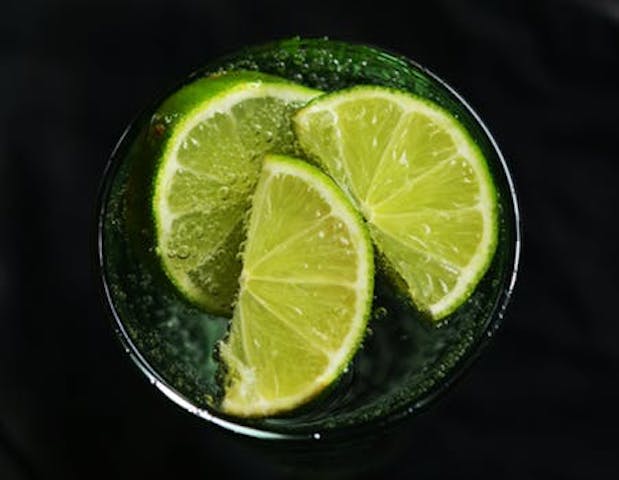Posted: Mar 07, 2018

The margarita is a mysterious beverage; like many cocktails, no one quite knows where it came from. So, in honor of National Margarita Day (what else?), we decided to dive into the origins of this storied cocktail.
According to some legends, Carlos Herrera, a restaurant owner who hoped to impress a showgirl named Marjorie King, invented the cocktail. But if you ask Alfred Cointreau, who belongs to the sixth generation of the family behind the 150-year-old iconic orange liqueur, you get a different, probably more well-known story: The margarita is actually the brainchild of an enterprising Dallas socialite named Margaret Sames.
“Sames loved to organize memorable parties,” Cointreau explains. “In 1948, she organized a party in her villa, in Acapulco, and to welcome her guests, she wanted to create a cocktail using her two favorite spirits, Cointreau and tequila.”
According to Cointreau, she added the lime garnish and it was also her idea to cover the rim of the glass in salt. Sames served it straight up, in a glass the shape of a sombrero—the same glass you see the drink served in today. The cocktail was a hit of course, and one of her enamored guests, who happened to be from Spain, named the concoction the margarita.
“You do see lime juice, tequila, and Cointreau in cocktail books prior to 1948,” explains one of the brand's longtime mixologists, Emily Arseneau. “But 1948 is the first you see margarita in print.”
So how did the cocktail end up spreading across the world, becoming one of the most popular alcoholic beverage on the planet? Well, that part of the story isn’t quite as clear.
“David Wondrich, the cocktail historian, says that cocktail history is full of holes because it’s told by drunk people, so just take my word for it,” says Arseneau, who thinks of Margaret Sames as a the Bethenny Frankel of her time—“super popular and determined to do her own thing.”
Regardless of how the margarita got to America, there’s no doubt that its popularity is due, in part, to the fact that it hits the ideal balance on your palate: sweet, savory, a little tart, with a salty finish that cuts the sugar and gives each sip a little kick. Cointreau—first formulated by Alfred’s great-great grandfather, who was, by the way, one of the first people in France to own a telephone—is central to making sure the margarita finds its footing.
“Cointreau is made with sweet and bitter orange peels, so it’s oily, giving it texture and smoothness, and the flavor is pure oranges,” explains Cointreau, perfect for a cocktail that relies heavily on citrus.
Cointreau thinks that the margarita has stuck around in the pantheon of classic cocktails for so long simply because it tastes good, but there is something about that specific combination of flavors that makes the drink stand out.
“It’s an exercise in balance,” explains Arseneau. “It's tart, sweet, and, refreshing, and you have the body of the base spirit. They all work together perfectly. From a culinary perspective, a plate is supposed to hit a certain balance. The right amount of salt, the right amount of sweet—serving a cocktail should be like serving a plate of food.”
This year marks the 70th anniversary of Sames’ original margarita, and though people may not known Margaret Sames’ name anymore, we should all be grateful to her. She knew that, as Cointreau puts it, “you drink a cocktail with your eyes first,” which is why she added that slice of lime. She also knew that adding a savory element—the salt rim—would bring out the drink’s flavors. We owe so many of our late nights, tipsy summer afternoons, and bonfires on the beach, to her.
Go-Wine's mission is to organize food and beverage information and make it universally accessible and beneficial. These are the benefits of sharing your article in Go-Wine.com


The Wine Thief Bistro & Specialty Wines is a locally owned small business in downtown Frankfort, IL offering world class wines in a relaxed, casual gathering spot for friends and family. Offering world class virtual tastings and touchless carryout.
https://www.twtwineclub.com/aboutus
Go-Wine 25 Great Wineries in US selection prioritizes quality, value and availability.
www.go-wine.com/great-wineries-in-america
Tasting wine is a nice experience, but visiting the places in which wine is made is a magic moment. Available in New York City for touchless pickup.